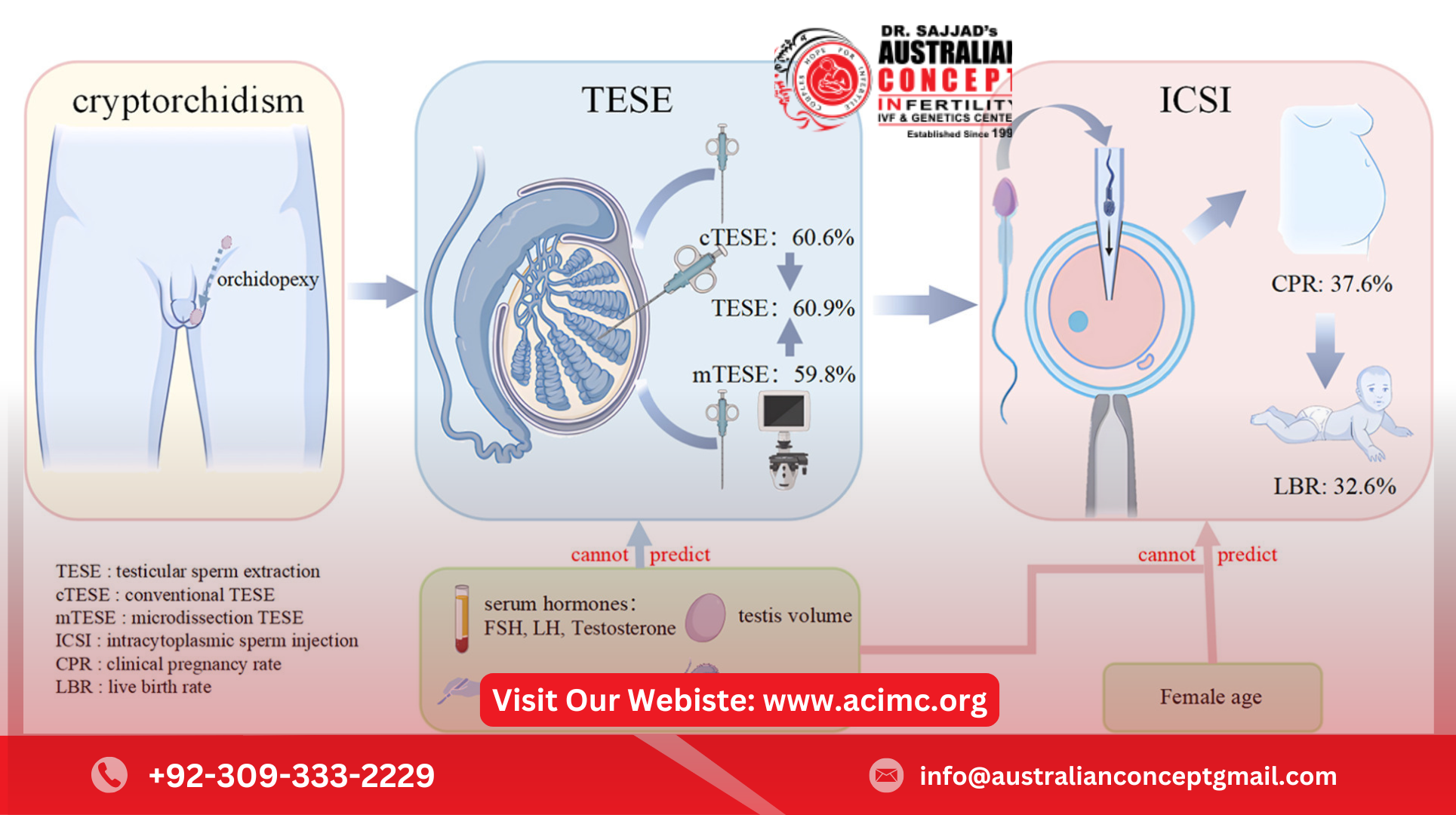Azoospermia, a condition where a man has no sperm in his semen, is a significant cause of male infertility. For couples struggling with infertility, the diagnosis of azoospermia can be disheartening. However, advancements in medical science have led to promising new treatments that offer hope for many men diagnosed with this condition.
Understanding Azoospermia
Before diving into the treatments, it's essential to understand azoospermia and its types:
-
Obstructive Azoospermia (OA): This type occurs when there is a blockage in the reproductive tract, preventing sperm from being released during ejaculation. The testicles produce sperm, but it cannot reach the semen due to a blockage in the vas deferens or other parts of the sperm pathway.
-
Non-Obstructive Azoospermia (NOA): This is caused by issues in sperm production. The testes may not be producing sperm at all or producing very few, which is often due to hormonal imbalances, genetic factors, or damage to the testes.
Both types of Azoospermia Treatment can have different treatment approaches, depending on the underlying cause.
Latest Treatments for Azoospermia
1. Microdissection Testicular Sperm Extraction (Micro-TESE)
One of the most promising treatments for non-obstructive azoospermia is Micro-TESE. This innovative technique allows doctors to extract sperm directly from the testes, even if sperm production is very low.
- How it works: A highly skilled urologist uses a microscope to carefully examine the testes and extract sperm from the seminiferous tubules (the areas where sperm is produced). This method has a high success rate for men with very low or no sperm production, offering them a chance to use their own sperm in IVF (In Vitro Fertilization) or ICSI (Intracytoplasmic Sperm Injection).
- Why it's effective: Unlike traditional sperm retrieval methods, Micro-TESE has a higher success rate of finding viable sperm, even in men with severely impaired sperm production.
2. Advanced Sperm Retrieval Techniques
For men with obstructive azoospermia, there are several advanced techniques to retrieve sperm, even if a blockage exists. These techniques help bypass the obstruction and allow sperm to be collected directly from the testicles or epididymis.
- Percutaneous Epididymal Sperm Aspiration (PESA): A needle is used to aspirate sperm directly from the epididymis. This method is often used when there is a blockage in the vas deferens or other parts of the sperm pathway.
- Testicular Sperm Aspiration (TESA): In cases where sperm cannot be retrieved from the epididymis, TESA is used to collect sperm directly from the testicle.
These sperm retrieval techniques are often combined with IVF or ICSI to help the sperm fertilize an egg and create an embryo.
3. Genetic Testing and Hormonal Therapy
For men with azoospermia, especially those with non-obstructive azoospermia, genetic testing can provide valuable insights into the underlying cause. Many cases of azoospermia are linked to genetic conditions like Klinefelter syndrome or Y-chromosome microdeletions.
- Genetic Screening: Identifying genetic abnormalities can help tailor the treatment plan. For example, if a man has a genetic issue that affects sperm production, genetic counseling and treatment options can be discussed.
- Hormonal Therapy: In some cases, hormonal imbalances contribute to azoospermia. Hormonal therapy may be used to correct these imbalances and encourage the production of sperm. This treatment is most effective in cases where the testicles are capable of producing sperm but require a hormonal boost.
4. Stem Cell Therapy (Emerging Technology)
Stem cell therapy is an exciting and emerging field in the treatment of azoospermia. Research is ongoing to explore the potential of using stem cells to regenerate or repair damaged testicular tissue, leading to sperm production.
- How it works: Stem cells have the unique ability to differentiate into various cell types, including sperm-producing cells. By injecting stem cells into the testes, researchers hope to stimulate sperm production in men with non-obstructive azoospermia.
- Potential: Though still in the experimental stage, stem cell therapy could offer a revolutionary solution for men with severe sperm production issues who do not respond to other treatments.
5. Assisted Reproductive Technologies (ART)
Once sperm is retrieved through one of the above techniques, assisted reproductive technologies like IVF or ICSI are used to achieve pregnancy.
- IVF (In Vitro Fertilization): The retrieved sperm is combined with an egg in the laboratory to create an embryo, which is then implanted in the woman’s uterus.
- ICSI (Intracytoplasmic Sperm Injection): In this technique, a single sperm is directly injected into an egg to assist with fertilization. ICSI is particularly useful in cases where sperm quality or quantity is severely compromised.
Conclusion:
While azoospermia can be a challenging condition, advances in medical science have led to promising treatments. From Micro-TESE and advanced sperm retrieval methods to genetic testing, hormonal therapy, and even the potential of stem cell therapy, men with azoospermia now have more options than ever to become fathers. With the right treatment plan tailored to the individual’s condition, IUI, IVF, and ICSI can offer hope for couples struggling with male infertility.
If you or your partner is facing azoospermia, it's essential to consult with a fertility specialist who can guide you through the latest treatment options and help you find the best path to parenthood.
For More Details: https://acimc.org/ivf-lahore/


